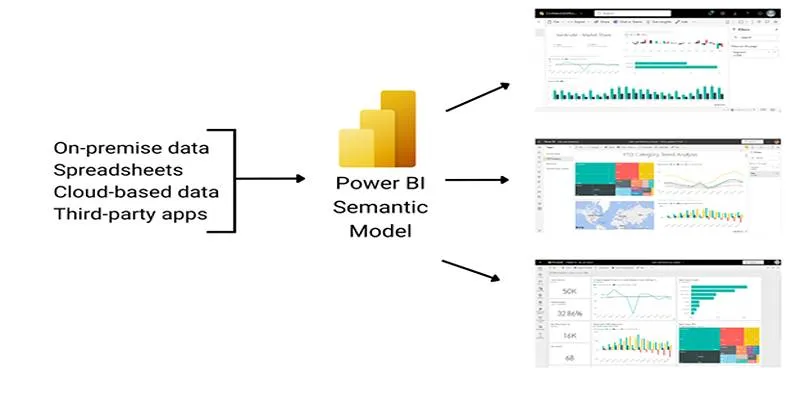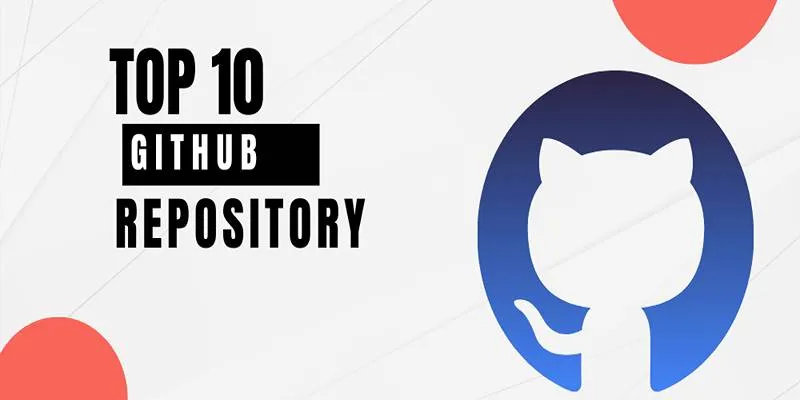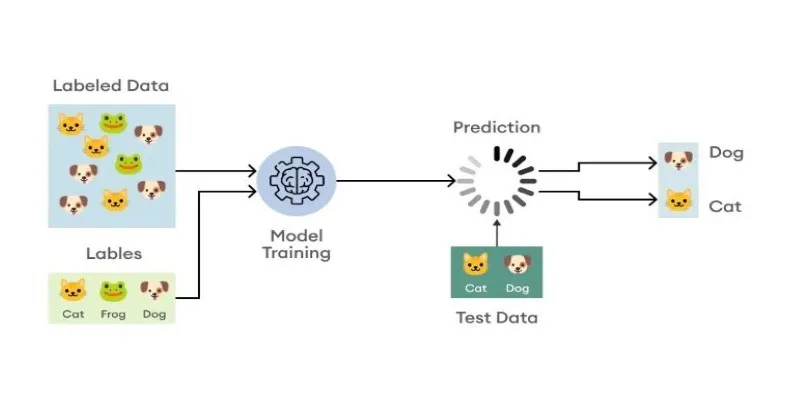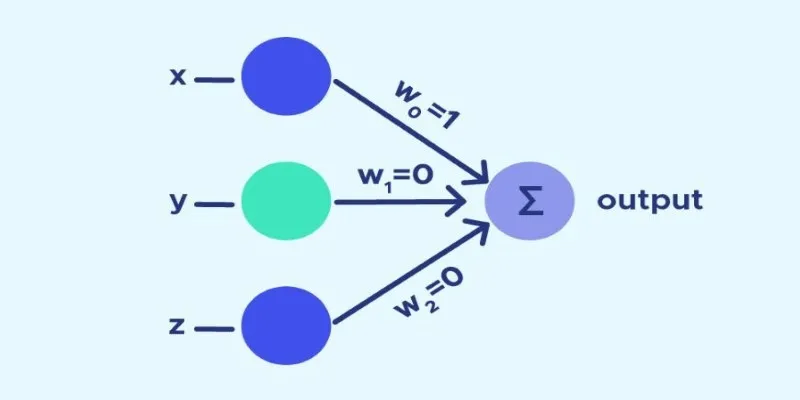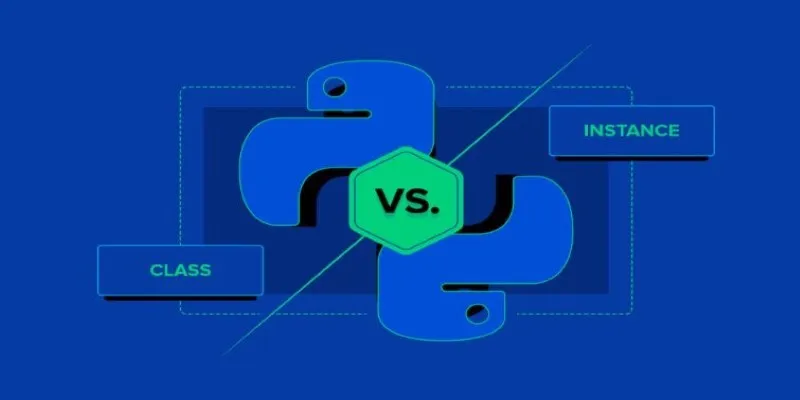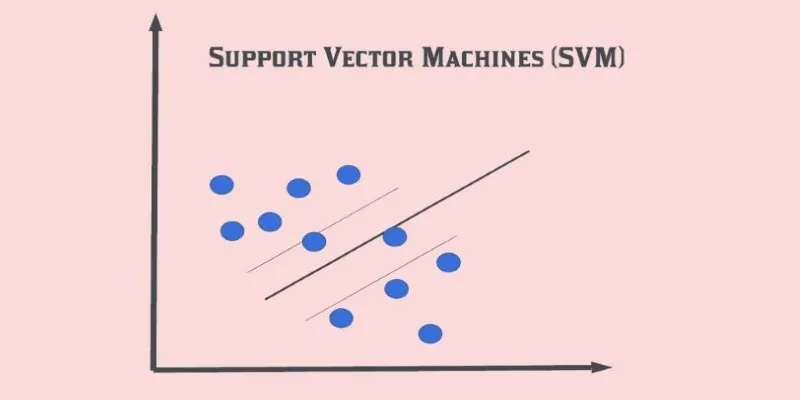Deploying machine learning (ML) models in real-world applications can be challenging. BentoML, an open-source framework, simplifies this by automating packaging, scaling, and serving, thereby reducing manual effort. It supports multiple ML models, ensuring quick and efficient implementation. BentoML provides a consistent method for model deployment, allowing developers to convert trained models into production-ready services with minimal coding.
It facilitates easy scaling and management by seamlessly integrating with cloud systems. This article explores BentoML’s key features, benefits, and basic deployment techniques. Whether you’re a beginner or experienced in MLOps, understanding BentoML can enhance your process. By the end, you’ll be able to effectively apply BentoML models without prior MLOps experience.

What is BentoML?
BentoML is a robust framework designed to streamline ML model deployment. It enables efficient package development, serving, and scaling of models. Unlike traditional deployment methods, BentoML offers a consistent approach, ensuring seamless deployment across various environments. It allows easy integration with popular ML frameworks such as TensorFlow, PyTorch, Scikit-Learn, and XGBoost without significant alterations. This adaptability makes it a top choice for MLOps processes. BentoML introduces BentoService, a containerized package that includes the model, dependencies, and configurations.
This package provides scalability and ease of management on platforms like on- premises servers and cloud services. BentoML helps developers cut deployment times from weeks to minutes by automating critical processes, reducing manual work and simplifying model implementation. Its automation capabilities, efficiency, and flexibility make it an excellent tool for MLOps teams, ensuring a smooth transition from development to production while maintaining scalability and reliability.
Why Use BentoML for MLOps?
BentoML ensures models run efficiently in production and simplifies model deployment. Here are several key reasons to use BentoML for MLOps:
- Easy Model Packaging: BentoML allows developers to package models, including dependencies, configurations, and code, ensuring consistency across different environments. It eliminates compatibility issues, simplifying and improving deployment efficiency.
- Fast Model Serving: BentoML provides an optimized model server, ensuring low latency and excellent performance for real-time applications. This significantly improves response times and is ideal for applications requiring quick inference.
- Scalable Deployments: BentoML integrates with cloud systems like Kubernetes for seamless scaling. Models effectively handle high traffic, ensuring smooth production operations without performance issues or downtime. It offers automatic scaling based on demand.
- Reproducibility and Monitoring: BentoML simplifies debugging by tracking models, dependencies, and configurations, ensuring reproducibility. It includes monitoring and logging tools for effective model versioning, lifecycle, and performance management, enhancing overall model reliability.

Installing and Setting Up BentoML
Before using BentoML, you need to install it. Follow these steps to get started:
Step 1: Install BentoML
Install BentoML and its necessary dependencies by running the following command in your terminal:
pip install bentoml
Step 2: Verify Installation
Run the following command to ensure BentoML is installed correctly:
bentoml –help
Step 3: Import BentoML in Python
Start a Python script and import BentoML:
import bentoml
Deploying a Machine Learning Model with BentoML
Let’s walk through the steps to deploy an ML model using BentoML.
Step 1: Train and Save the Model
Assume you have a trained Scikit-Learn model. Use BentoML to save it.
Train model model = RandomForestClassifier() model.fit([[1, 2], [3, 4]], [0,
1]) # Save model bento_model =
bentoml.sklearn.save_model("random_forest_model", model) ```
### **Step 2: Create a Bento Service**
Define a service to load and serve the model.
```python from bentoml.io import JSON from bentoml import Service, runners #
Load model model_runner =
bentoml.sklearn.get("random_forest_model").to_runner() # Create service svc =
Service("rf_service", runners=[model_runner]) @svc.api(input=JSON(),
output=JSON()) def predict(data): return
model_runner.predict.run(data["features"]) ```
### **Step 3: Run the Bento Service**
Start the service using the following command:
**bentoml serve service.py**
## **Scaling and Deploying BentoML Models**
BentoML caters to diverse needs by allowing deployment on multiple platforms.
### **1\. Docker Deployment**
Consider packaging your machine learning model as a Docker container for easy
deployment and scalability.
**bentoml containerize rf_service:latest**
Then, run it using:
**docker run -p 3000:3000 rf_service:latest**
### **2\. Kubernetes Deployment**
For large-scale projects, use Kubernetes by pushing the Docker container to a
container registry.
**docker push your-docker-repo/rf_service:latest**
Next, create a Kubernetes deployment file and apply it:
**kubectl apply -f deployment.yaml**
## **Best Practices for Using BentoML**
Maximize BentoML's benefits by adhering to these best practices:
* **Keep Dependencies Minimal:** Include only necessary libraries to reduce package size and improve performance. Unnecessary dependencies complicate deployments and slow down execution.
* **Use Versioning:** Track multiple model versions to ensure reproducibility and prevent conflicts. Version control lets you revert to stable versions when needed, maintaining consistency.
* **Optimize for Speed:** Enable hardware acceleration and use efficient model architectures to maximize inference speed, enhancing user experience and reducing latency.
* **Monitor Performance:** Regularly check model response times, latency, and resource usage. Monitoring ensures timely updates and smooth operations in production.
* **Secure Your API:** Implement authentication and rate limiting to protect against misuse and secure sensitive information. Effective security measures uphold system integrity.
## **Conclusion:**
BentoML simplifies ML model deployment by handling packaging, serving, and
scaling with minimal effort. It supports various frameworks, including
TensorFlow, PyTorch, and Scikit-Learn, ensuring seamless integration. With
Docker and Kubernetes, you can efficiently deploy, serve, and scale models. By
enabling fast and consistent deployment, BentoML reduces complexity and manual
work, allowing you to focus on developing better models. It ensures
consistency, rapid deployment speed, and enhanced operational efficiency.
BentoML streamlines ML deployment through automation and adaptability. Start
optimizing your model-serving workflow with BentoML today.
 zfn9
zfn9
